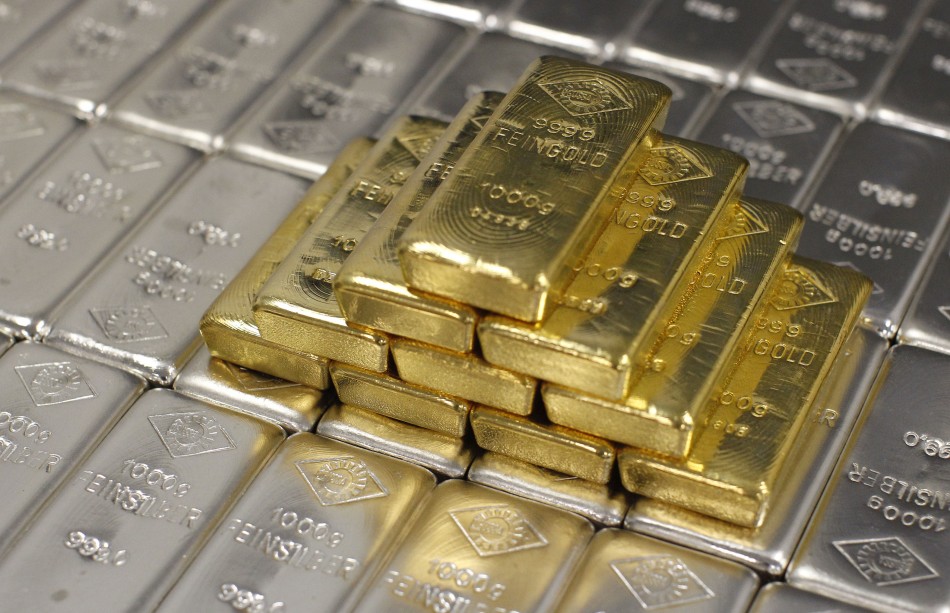I. Background knowledge of currency
“Currency is a commodity generally accepted as a medium of exchange, a measure of value, a store of value, or a means of payment.” This is the most common definition of currency we learned from the textbook, but this article may help you find the definition obsolete and you’ll think otherwise about currency after reading. The ideal currency should measure up to the following 6 criteria:
1. Quality stability. Simply put, the quality of the currency should not decay over time. (Fruit obviously does not fit here, because it rots quickly);
2. Anti-counterfeiting. No need to explain this point I believe.
3. Limited increments. Currency production should not be so quick as to result in its fast devaluation. (This is the curse of Government currency; I will elaborate on this point later in this paper)
4. Value uniformity. Same unit (such as weight, volume, number) of the currency should have the same value (jade is a counterexample here, each one piece of jade requires a separate valuation and has a different price).
5. Easily stored and transported. The value per unit of the currency should be moderate (gold, silver and copper can serve as a currency, but iron does not fit because it’s too cheap, the other extreme like diamonds can’t play the role either, because it’s too expensive); at the same time, the currency should be easily transported and does not require special storage conditions.
6. Can be integrated and divided with a low cost. That is, the currency not only can be easily divided into smaller units for circulation, but also can be integrated into large units for storage. (Jade and shell are counterexamples here, they can’t be integrated or divided easily) For the selection of a currency, criterion 1 to 3 are rigid requirements, 4 to 6 are soft requirements. When no commodity can meet all six criteria, we have to make do with the second best; for example, shells had long been used as money in history. Some commodities conform to criterion 1 to 3, though they can’t be used as money, but they possess the attributes of currency (a house is an example, so the real estate industry is included in the financial sector), these commodities can be deemed as quasi-currency (definition of currency here is more wider than the definitions from the textbook).
It should be noted in particular that a commodity needs to be UNIVERSALLY recognized to become a currency, this is a critical point, a currency may not be the most suitable one, but it must be the one most recognized by the public. The same is true with language.
II. God Currency

In ancient times, technology was backward, and there was no strong government, so people could only select currency from natural substances. After thousands of years of practice, people eventually found metals, particularly gold and silver, are the most suitable currency. People around the globe invariably chose gold and silver as money. (Metal is produced from supernova explosion; it is a good currency at present as well as in the future). This kind of currency is naturally made, if we have to name the issuer, it should be God. In the history of currency, God currency existed for a long time, and it will continue to exist with other kind of currencies in the future. God currency measures up to all the six standards we mentioned above, but it also has some disadvantages:
1. Incremental speed is too slow, it cannot meet the needs of rapid economic growth.
2. Not convenient for low value transactions. Low value corresponds with low volume, a little bit of something is easy to lose, hard to measure, and difficult to identify.
3. Not convenient for high value transactions. High value means a large volume of gold or silver which is heavy and not easy to carry, it can also easily become the target for robbery. So, with the progress of technology and economy of mankind, human beings must create something new in the world of currency.

